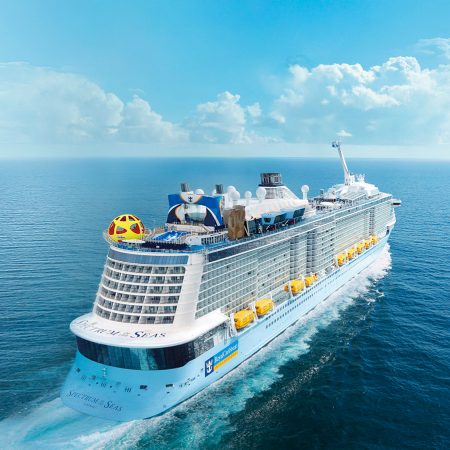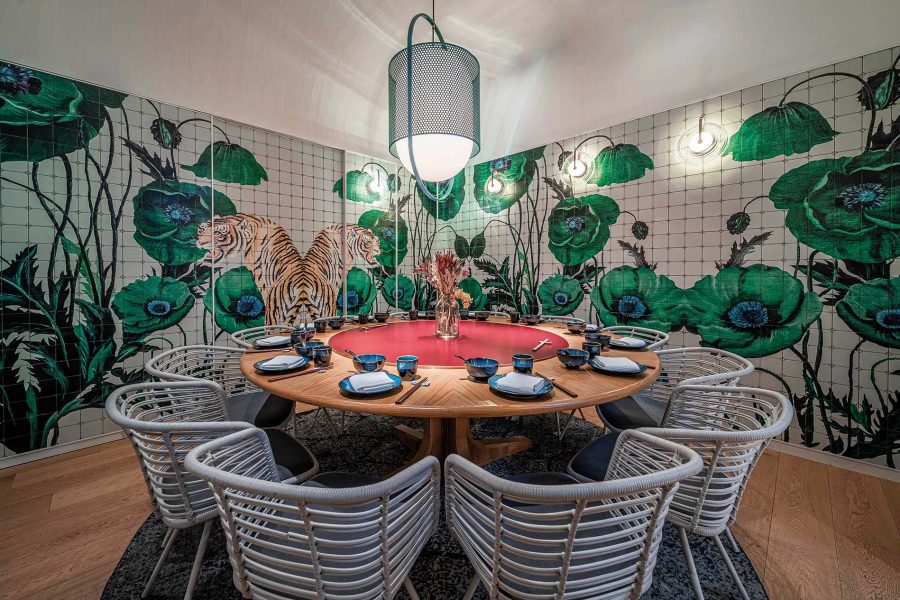Given Hong Kong’s long history as a global trading port, cuisines and culinary concepts from abroad have always sailed in with its ships. But more recently, Hongkongers have come to champion a sense of place and embrace their own identity – a unique blend of coastal Chinese shaken like a cocktail with contemporary, global sensibilities and a dash of the past. Eating in Hong Kong has never been more exciting.
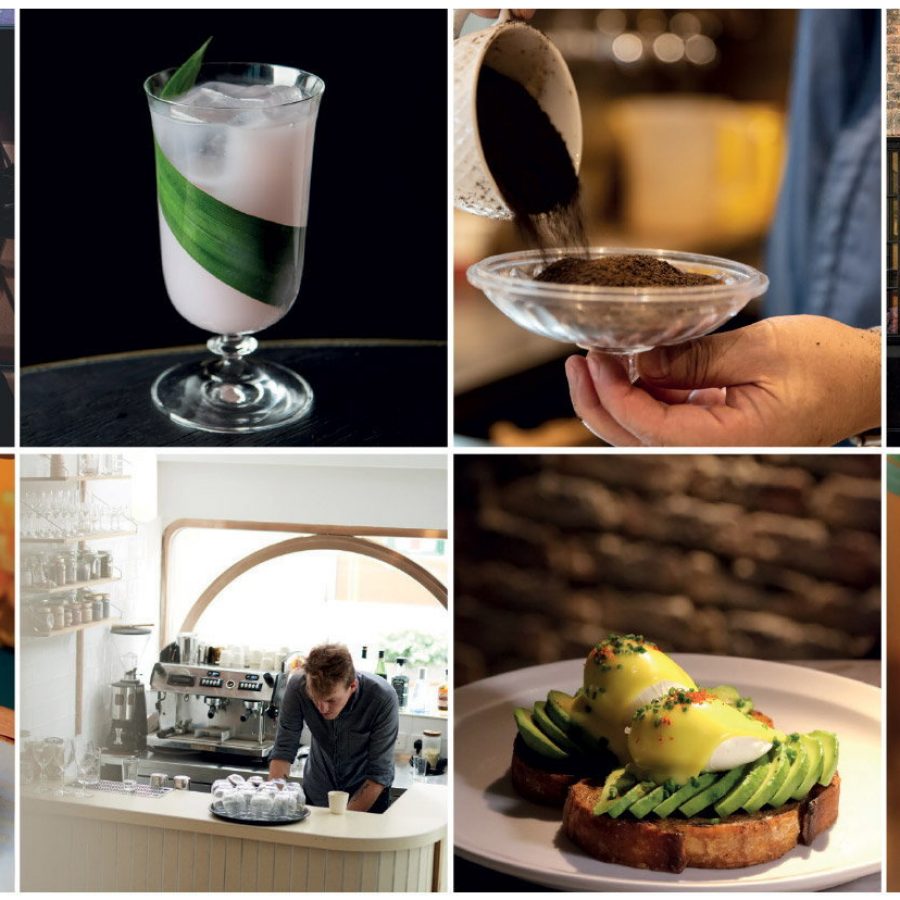
Credit: Courtesy images
Old Meets New
In Chinese kitchens, young chefs are often belittled for their lack of experience, but at contemporary Cantonese restaurant John Anthony in Causeway Bay (closed), executive chef Saito Chau’s youth is proving to be an asset. Combining classical know-how, modern sensibilities and a keen eye for presentation, his creativity is clearly reflected in the steamed beetroot dumplings, which are perfect translucent red spheres that resemble giant, gleaming marbles and are as pleasing on the plate as on the palate.
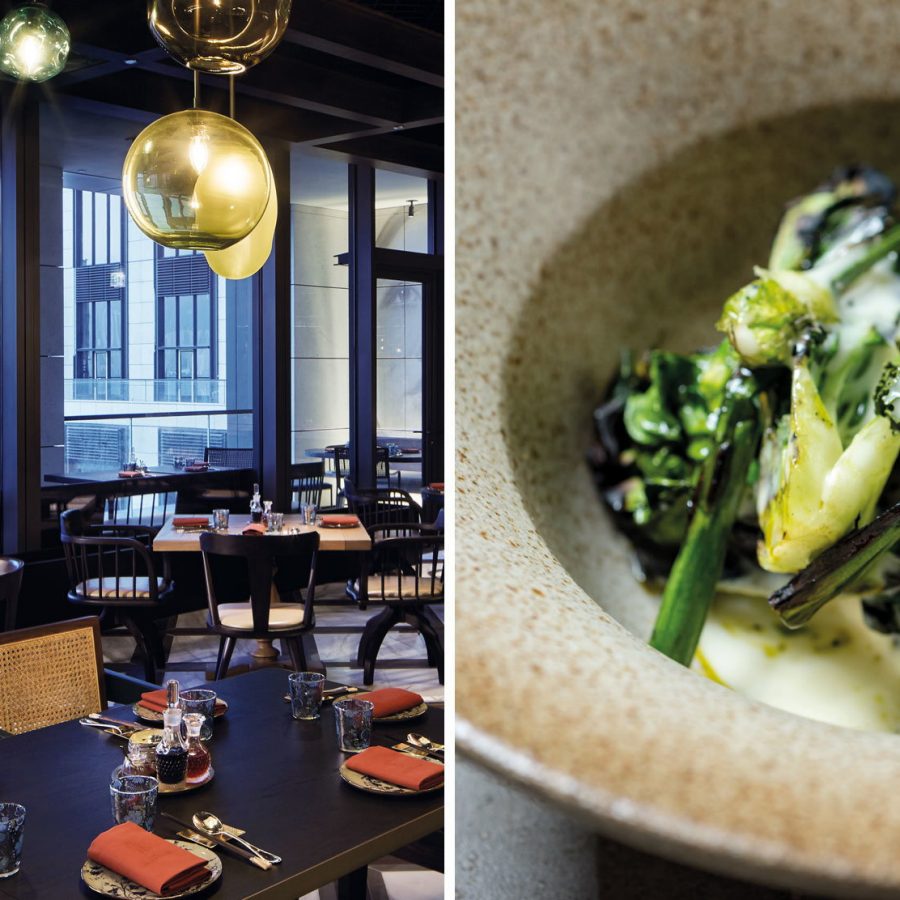
Credit: L: The Legacy House - Main Dining Room | Courtesy/Rosewood Hong Kong
At Wan Chai’s Roots Eatery (closed), a small bistro by banker-turned-chef Stephanie Wong, old favourites are given whimsical new spins. In Cantonese, the dim sum dish of steamed glutinous rice wrapped in lotus leaf is called lor mai gai (glutinous rice chicken). Wong takes the literal meaning of the name and serves a roast chicken stuffed with glutinous rice. She also takes the prawn toast and kicks it up a notch, adding pickled onions for balance and salmon roe for briny bite.
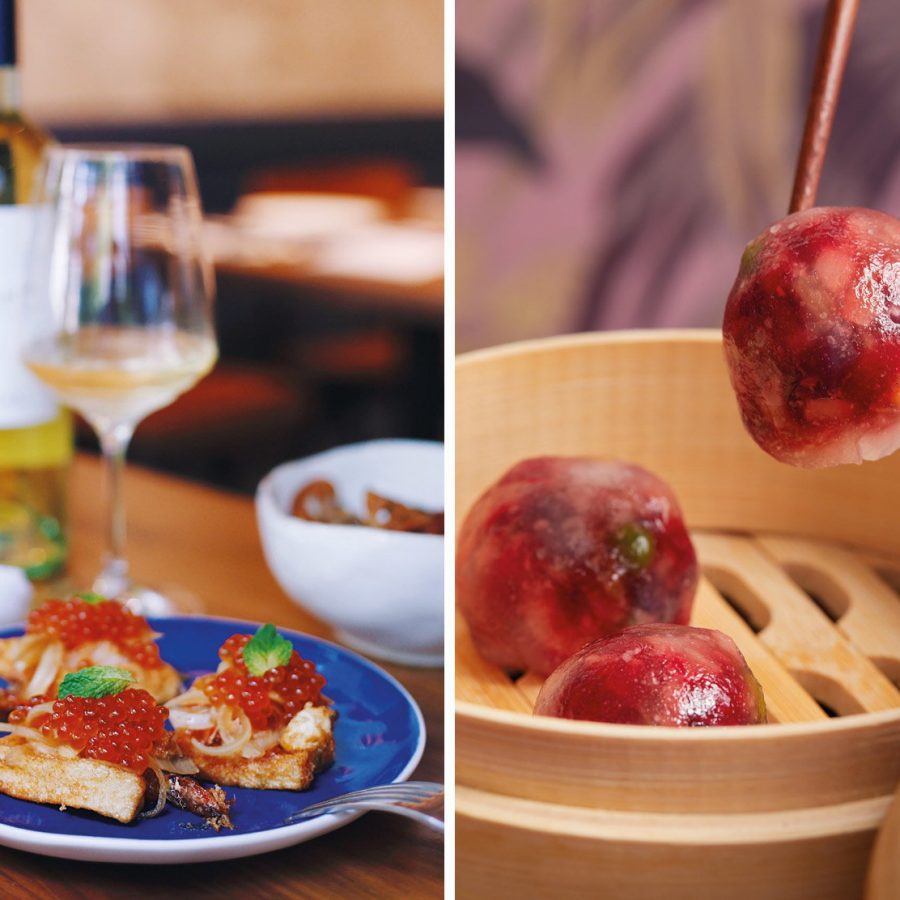
Credit: L: Courtesy/Roots Eatery Prawn Toast
Nostalgia plays a leading role at The Legacy House , the flagship Chinese restaurant at the Rosewood Hong Kong. It’s dedicated to property tycoon Cheng Yu-tung (grandfather of the hotel group’s CEO, Sonia Cheng), who hailed from Shunde, a district in the city of Foshan in Guangdong. As such, the menu features a number of ancient Shunde dishes, including the extremely laborious recipes for deep-fried stuffed crabmeat pastries, and stir-fried fish noodles (where each ‘noodle’ is made with fish paste). These dishes had almost disappeared from Hong Kong menus, but have now been given new life in this design-led restaurant overlooking Victoria Harbour.
Pride of Place
If you had told a Hongkonger 10 years ago that there were farms in their city, they would have sworn you were lying. But local farming has made great strides in recent years, and restaurants are increasingly getting with the programme. Chef Peggy Chan continues to lead the charge at Nectar in Sheung Wan (closed), which has taken over the space that formerly housed her pioneering plant-based bistro Grassroots Pantry. ‘Towards the end of Grassroots Pantry, over 90 per cent of our ingredients were sourced locally,’ says Chan. ‘With the opening of Nectar, we’re moving to 95 to 96 per cent of produce grown locally and regionally.’
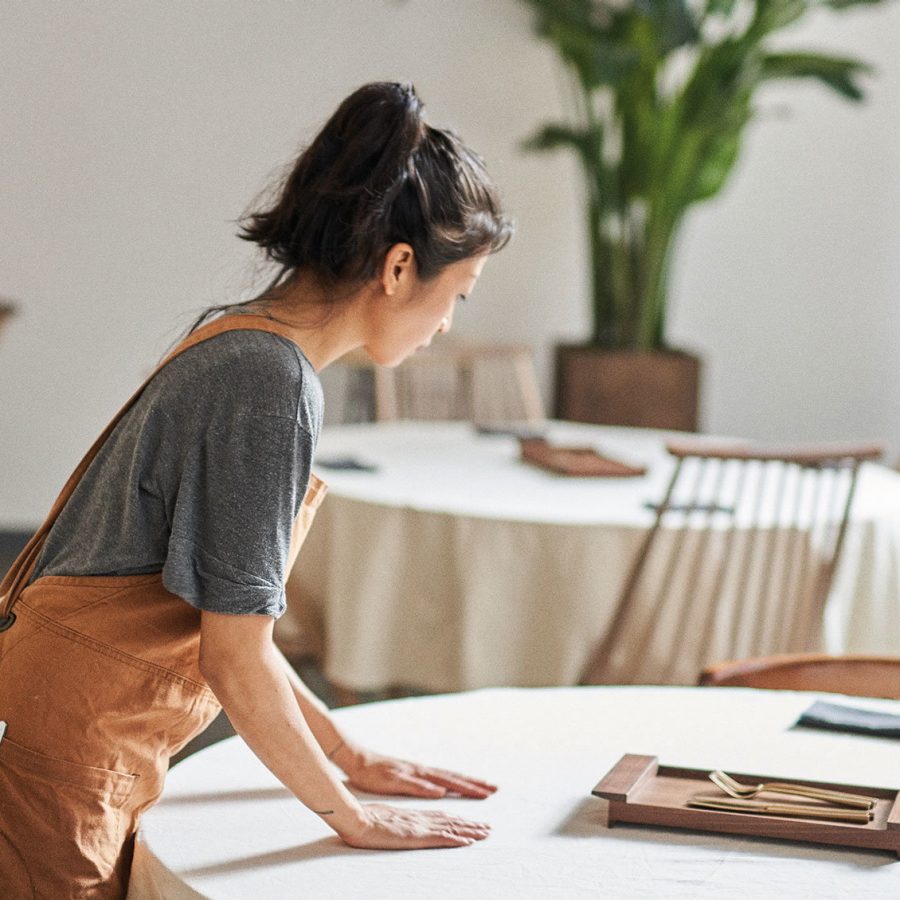
Credit: Chef Peggy Chan
At Roganic in Causeway Bay, the Hong Kong outpost of British chef Simon Rogan’s farm-to-table restaurant, most of the vegetables, fish and poultry are sourced from local producers, and cooked in Rogan’s signature style, which is light and favours natural sourness from fermentation and pickling. Like buying local, extending the life of fresh food through such techniques helps to reduce one’s carbon footprint, and is among the sustainably minded philosophies that seem to come naturally to the likes of Chan and Roganic’s head chef Oliver Marlow.
It’s not just Western-influenced restaurants that are seeing increased awareness of sustainability. At Ming Court , the Cordis hotel’s classic Cantonese restaurant, local ingredients are beginning to come into rotation in sync with Hong Kong’s seasons.
New-Wave Tea
Third wave coffee hit Hong Kong like a tsunami, but the trend also allowed Hongkongers to rediscover their appreciation of tea. Speciality tea sellers such as Plantation , which offers tasting workshops by appointment in a tranquil, rustic space in Shek Tong Tsui, puts the emphasis on its products’ origins and sources high-quality tea responsibly, ensuring that its suppliers treat their workers equitably and grow tea using minimal chemical input.
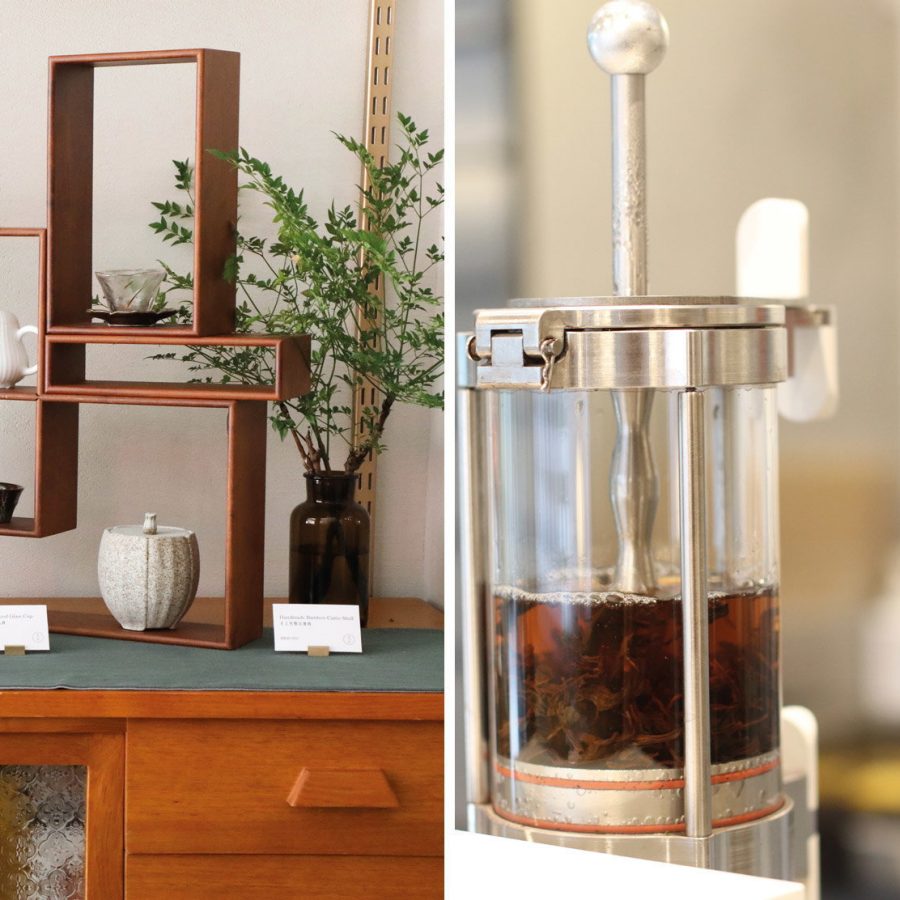
Credit: L: Courtesy/Plantation
Set up like a hipster coffee joint, Basao in Wan Chai is a tea bar serving single-origin green, oolong and black teas in minimalist glass teapots that allow you to witness the brewing process.
While Plantation and Basao stock teas intended to be brewed in a Chinese style, Green Gingko in Pacific Place mall also sells premium Japanese matcha, a school of tea with a whole different philosophy. But whatever style is served, for these new-wave tea houses, provenance and quality are always paramount.
Forget Brunch, Choose Breakfast
The power breakfast is part and parcel of Hong Kong’s mile-a-minute metropolitan lifestyle, but with the rise of early morning wellness activities, the first meal of the day has become a social event for the city’s runners and yogis. A luxe option can be found at Somm , the Landmark Mandarin Oriental’s new bistro. Expect breakfast favourites with Asian touches, such as Greek yoghurt with longan honey – harvested from local longan trees.
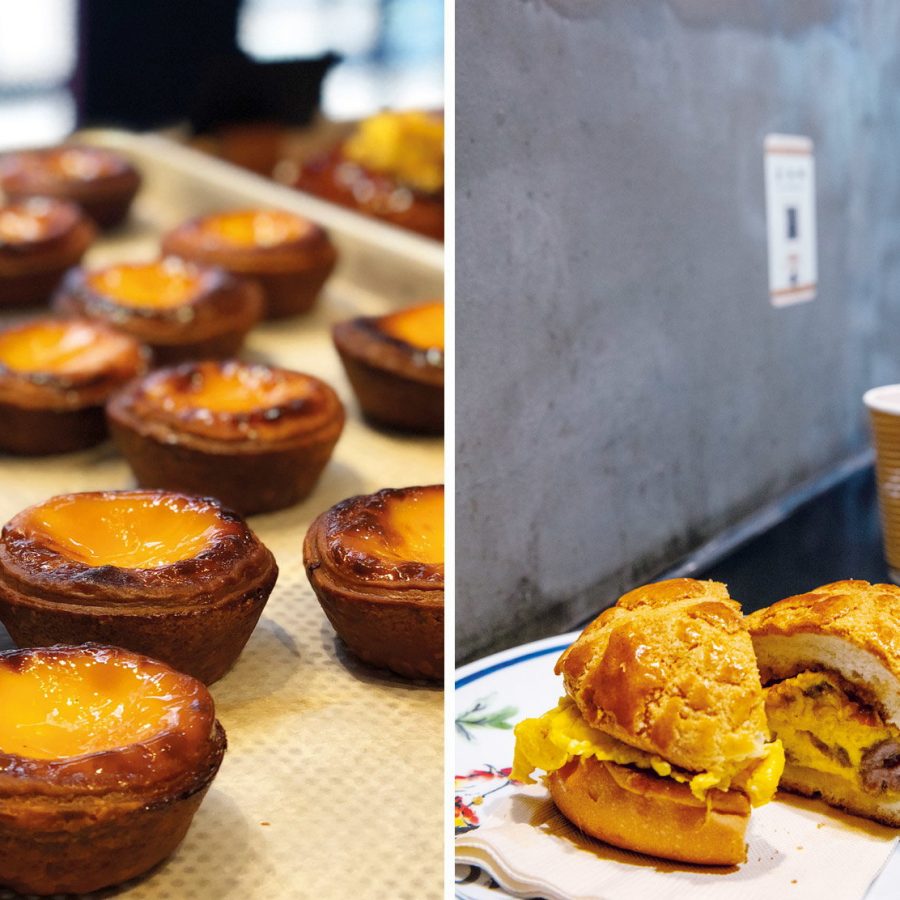
Credit: L: Courtesy/Bakehouse R: Credit: MOSES NG / My Cup of Tea
For something more casual, pastry chef Gregoire Michaud serves some of the city’s most popular baked goods at Wan Chai’s Bakehouse . Keep it simple with his much-lauded take on the local egg tart, here made with sourdough, or order from the separate cafe menu, which has all the classics like avocado toast.
Even if you only have time for take-out or a quick feed, there’s no need to compromise on quality. Wan Chai snack shop My Cup of Tea is dedicated to Hong Kong-style diner favourites, such as pineapple bun (a fluffy bread roll with crisp sugar top) with scrambled egg, and satay beef and egg on toast. Wash it down with Hong Kong-style milk tea, a navy strength version of British tea and a nod to the city’s past.
More inspiration
Hong Kong travel information
- China – the Chinese Mainland, Hong Kong SAR, Macao SAR and Taiwan Region
- Hong Kong SAR - English
- Chinese Mainland (China) - English
- Taiwan, China - English
- 香港特別行政區 - 繁體中文
- 中国內地 - 简体中文
- 中國台灣 - 繁體中文
- Africa
- South Africa - English
- Asia
- Bangladesh - English
- Korea - English
- Singapore - English
- Cambodia - English
- 한국 - 한국어
- Sri Lanka - English
- India - English
- Malaysia - English
- Thailand - English
- Indonesia - English
- Maldives - English
- ประเทศไทย - ภาษาไทย
- Indonesia - Bahasa Indonesia
- Myanmar - English
- Vietnam - English
- Japan - English
- Nepal - English
- Việt Nam - tiếng Việt
- 日本 - 日本語
- Philippines - English
- Australasia
- Australia - English
- New Zealand - English
